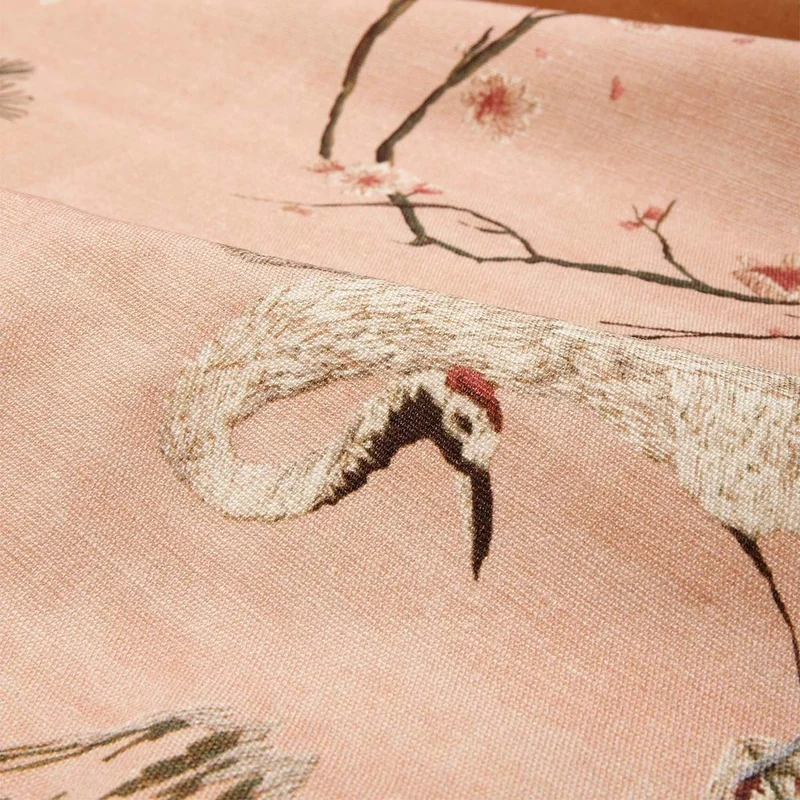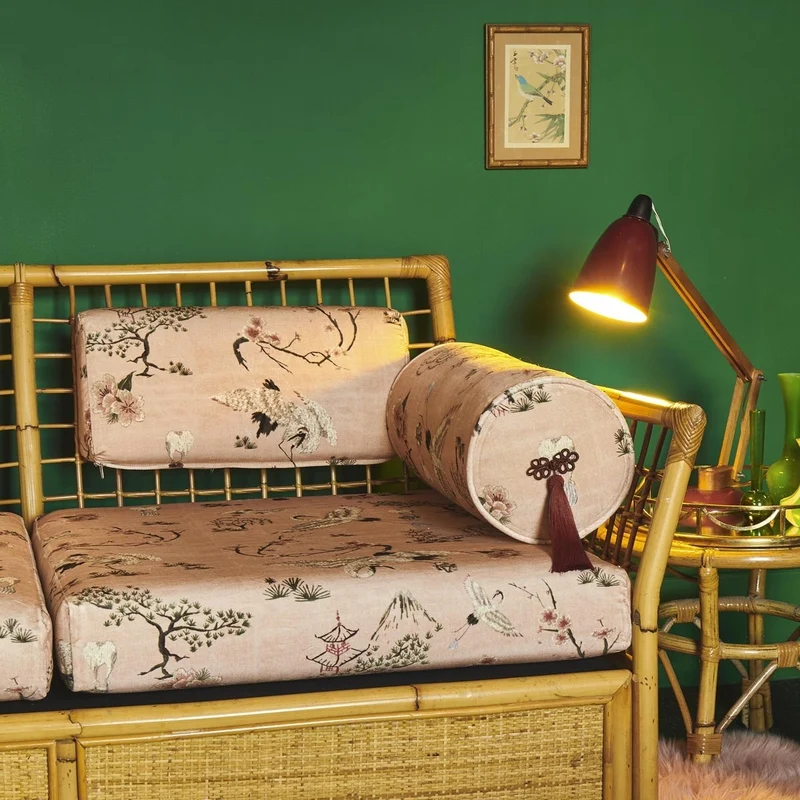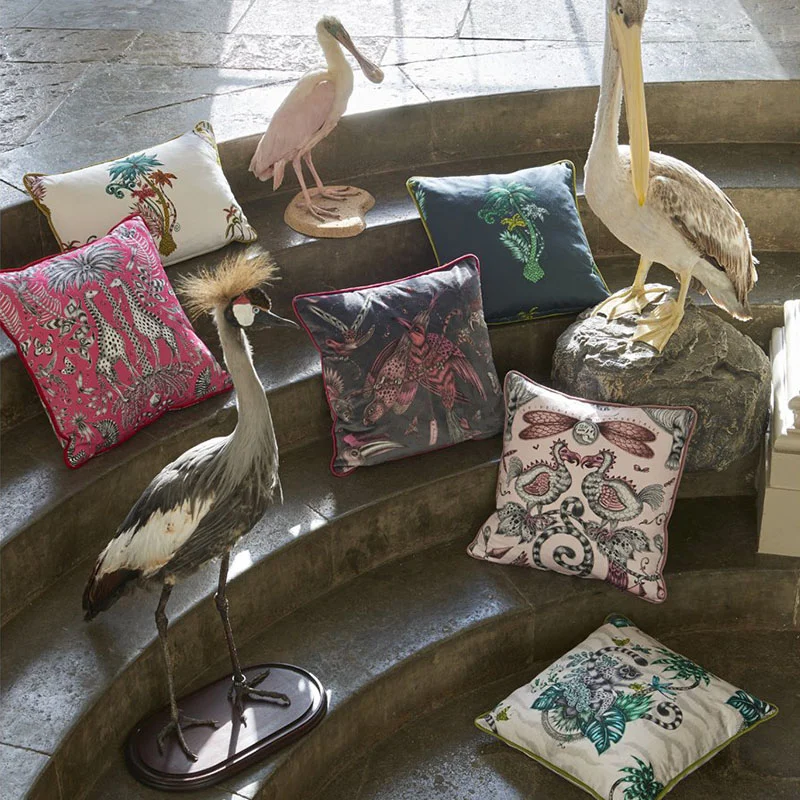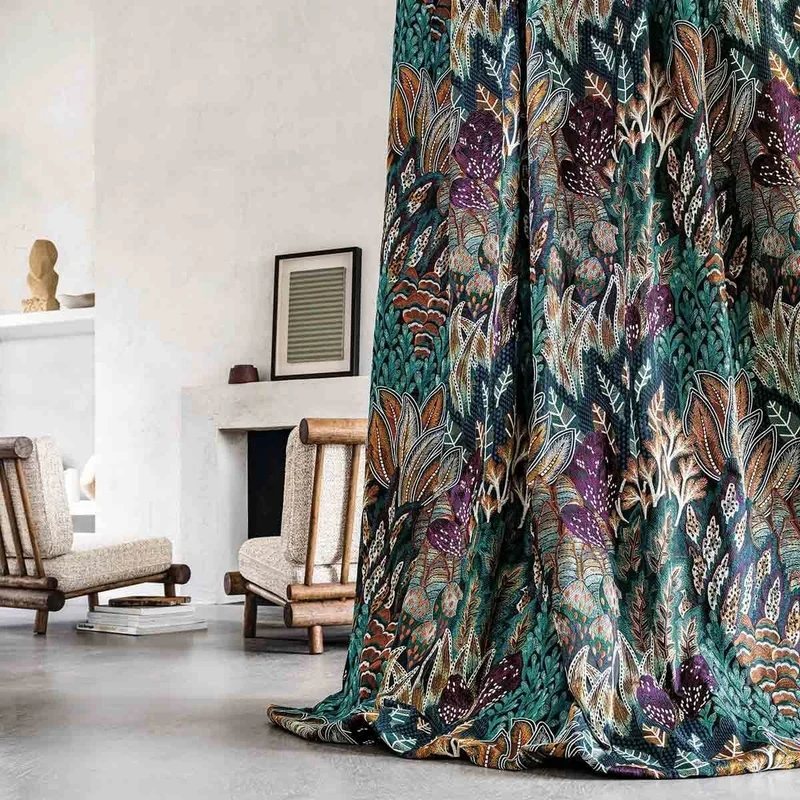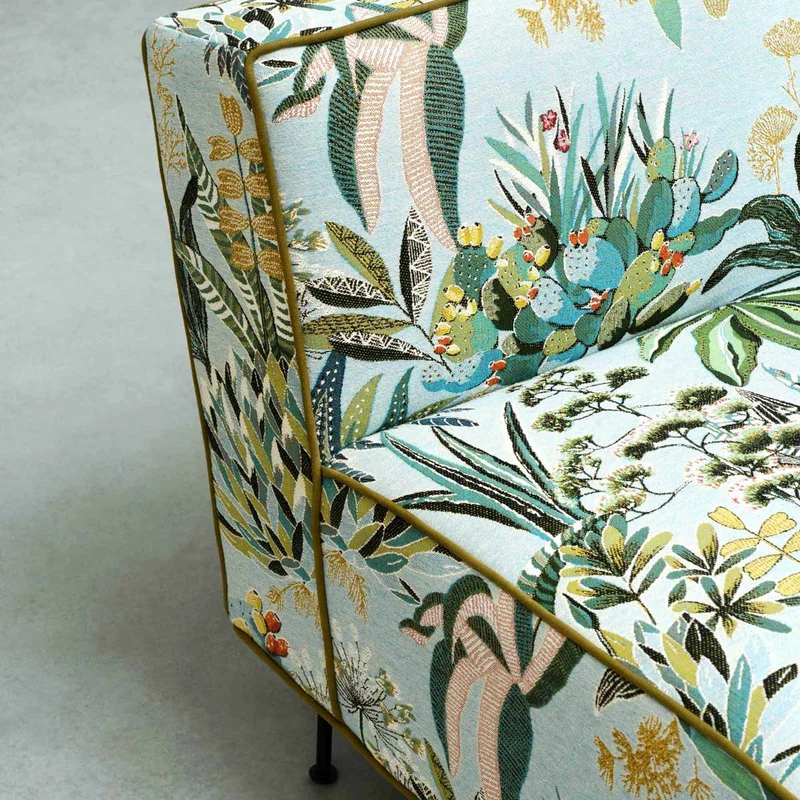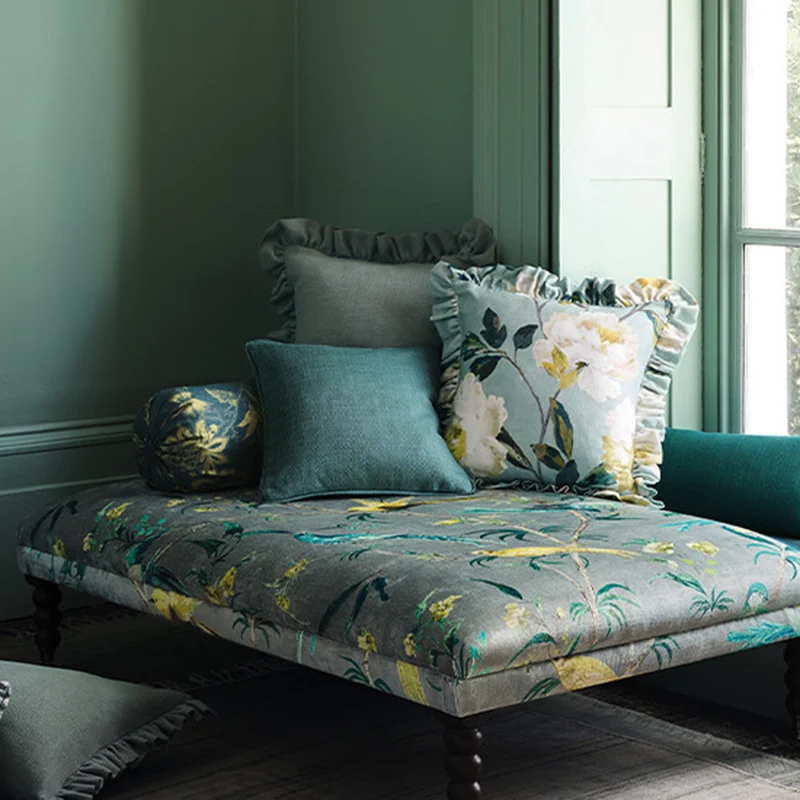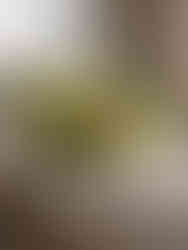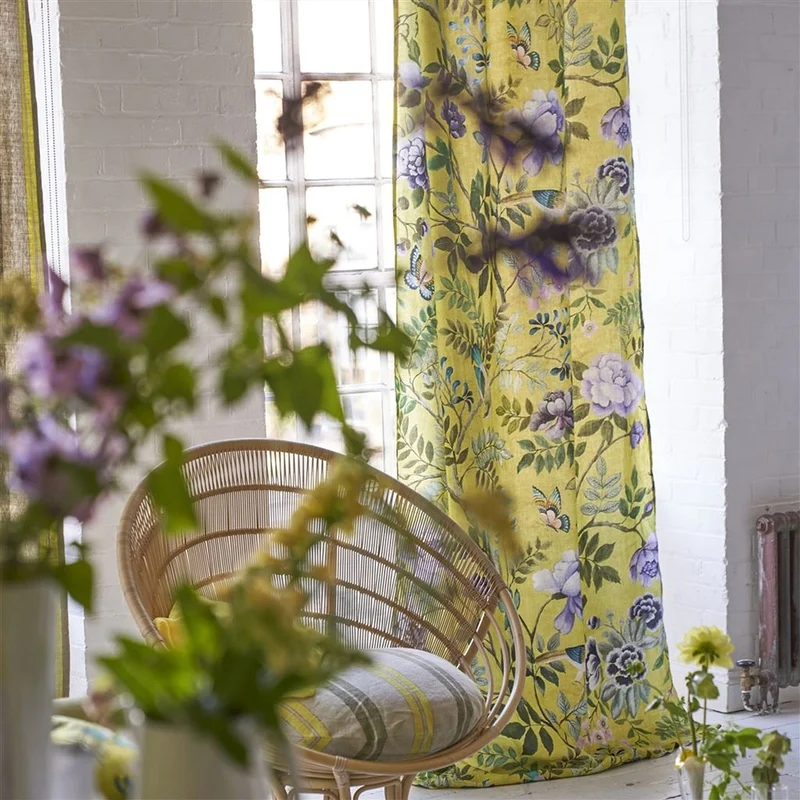GARDEN PRINTS
- mastic lifestyle

- May 17, 2023
- 2 min read
Whatever their source of inspiration are, the fabrics and wallpapers are adorned with floral bouquets, foliage and faunal elements. French or English gardens, Chinese, Indian or tropical styles print everywhere! Furnishing fabric editors have understood this well and are following the lifestyle trend; the natural touch continues to bloom and confirms the desires of the countryside inside and out.

The days of monochromatic white, nude or beige interiors are about to be over. These large, altogether insipid flat areas of color translate a lack, reveal a void, or even a hidden depressive state according to the principles of psycho-deco analysis. Good news! It seems that society has come out of this clinical state. The trend is towards measured filling and variegated but subtle colors.

Back to nature and therefore to the essential. The interiors are printed with floral motifs, foliage and animals, an obvious manifestation of the need to escape the dish, of the desire to live in our vital element, the symbolism and representation of which reassure us and fill us with joy.

After the Louis XV and Louis XVI period, Art Nouveau and the 1960s, our interiors are once again adorned with neat and refined motifs for an enveloping and reassuring atmosphere. Upholstery fabrics are printed, embroidered or embossed, wallpaper and even panoramics unfold.

The major leaders of the movement, English Textile Designers have never stopped dressing their interiors in fresh colors and garden motifs: Osborne & Little, Sanderson, Liberty of London, Mulbury, William Morris & co, Designers Guild ...each dealing with the subject in their own way, classic or stylized.

French, Italian or Spanish fabric publishers follow the trend and offer elegant collections reminiscent of the rich hours of their past regimes. Isidore Leroy's wallpapers recall the golden age of the Second Empire, Coordonné's decorative panels recall the great moments of Spain, Rubelli's brocades plunge us back into Venetian splendour...

